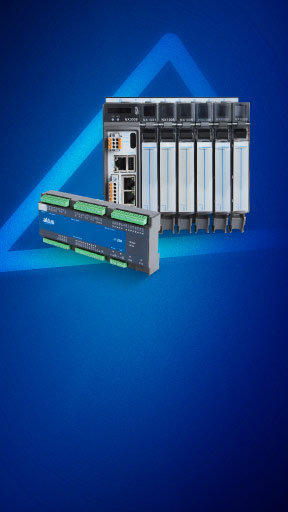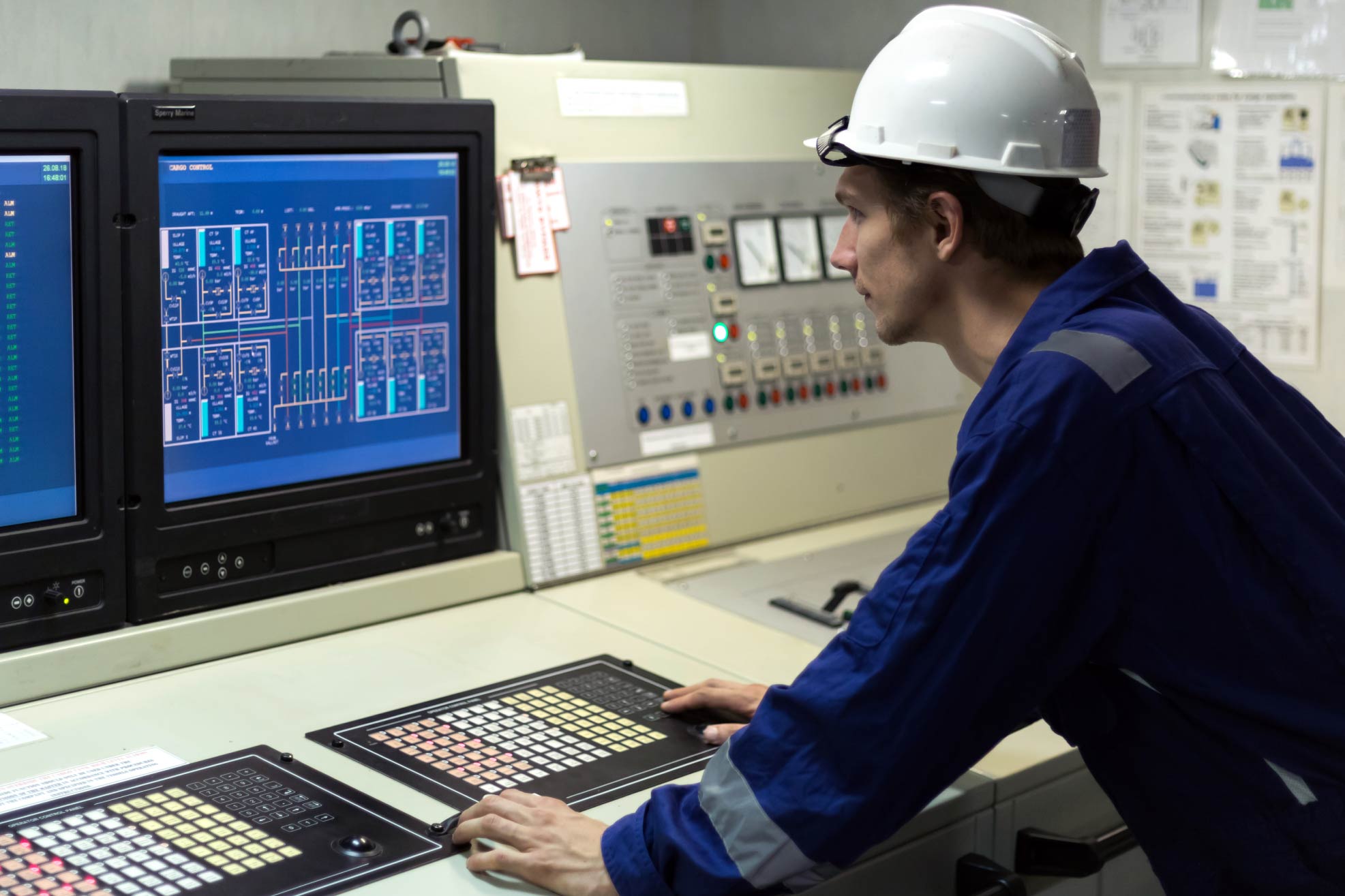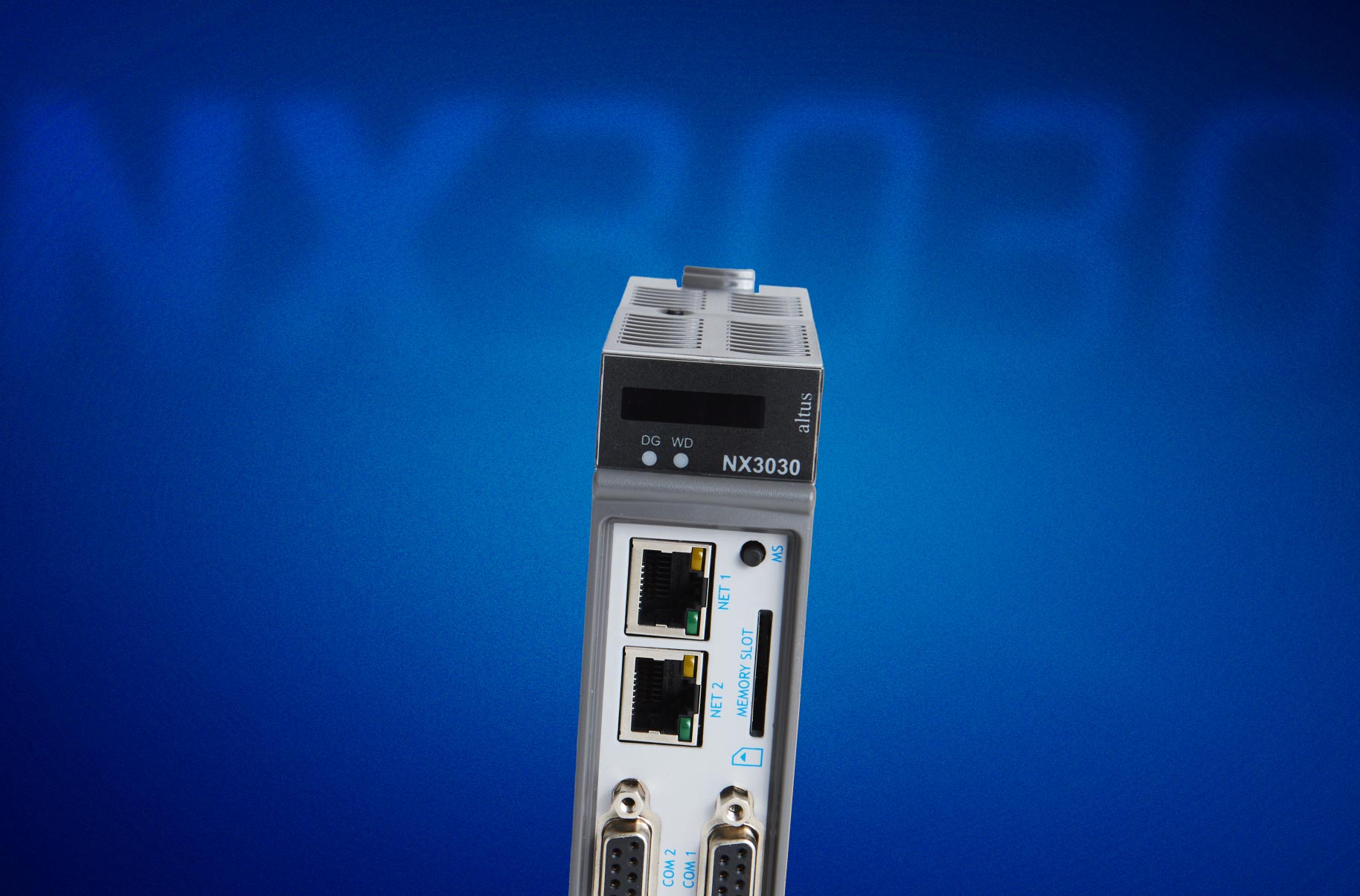Our Products
An exclusive combination of equipment that combines high performance and competitiveness to overcome the challenges of Industry 4.0

An exclusive combination of equipment that combines high performance and competitiveness to overcome the challenges of Industry 4.0

At Altus, we have the necessary know-how to provide integrated systems for the most varied demands of the industrial market

Discover our solutions and discover how our expertise can help boost your business performance

See how we have become a reference in the automation market over the course of our more than 40 years

We are 100% available to solve problems, answer questions and help you optimize the performance of your application.

Get to know our units and find out where to find our sales representatives throughout Brazil
Development of the Control and Safety System (CSS)
With the discovery of the pre-salt layer off the Brazilian coast, oil extraction became one of the obstacles that Brazil had to overcome in order to become the world's sixth largest supplier of this raw material. Altus was hired to develop the control system for different subsystems of the replicating platforms.

Enhanced process performance thanks to a high level of control and supervision
System convergence and seamless integration with corporate platforms
User-friendly interface with real-time graphical reports
High availability with redundancy and hot-swap functionality

To ensure uninterrupted plant operation, the unit is designed with a high degree of redundancy, where every critical component has a backup that can take over in case of failure. This level of redundancy is also required in the automation system, which provides high availability through redundant Nexto programmable controllers, field networks, power supplies, control networks, servers, and operation stations.

- Detailed engineering project, development of controller logic, and design of supervision screen layouts
- Development of technical documents and manuals
- Design of controller panels, remote I/O panels, server panels, and operation stations
- Development of controller applications using MasterTool IEC XE programming software
- Development of SCADA application screens using Wonderware InTouch® software
- Integration with package systems, field instruments, equipment, and fiber optic networks
- Training on products, maintenance, engineering, and operation of the CSS
- Onshore commissioning (at shipyard)
- Offshore commissioning and assisted operation

- 06 pressurized remote I/O panels for installation in process modules (classified zone) - 03 remote I/O panels for installation in indoor environments (control rooms or engine spaces) - 02 Nexto controller panels - Server, switch, and operation station panels - Engineering station and two printers - 30 km of multi-core cable with two pairs of fiber optics

The vessels measure 332 meters in length, with a 58-meter beam, a power generation capacity of 100 MW, and storage capacity for 1,400 barrels of oil, periodically offloaded to shore using shuttle tankers. They are also equipped with a gas pipeline for exporting gas produced in the area. Each FPSO is connected to a specific number of wells for oil and gas production. Their daily production capacity is 150 thousand barrels of oil and 7 million cubic meters of natural gas. Alongside oil and gas production, these units are also capable of treating and injecting 200 thousand barrels of water per day.

The Nexto family of programmable controllers includes a high-performance model that supports hot standby redundancy, ensuring the highest levels of system availability. You can configure a redundant setup with two NX3030 CPUs—one primary (active) CPU running the system, and a standby CPU constantly monitoring its performance. The standby CPU continuously monitors the primary unit’s performance to ensure smooth operation. In case of a failure where the primary CPU becomes unavailable, the standby CPU automatically takes over, ensuring uninterrupted operation without the need for manual intervention or risking any system downtime. This seamless transition, known as “switch-over,” keeps the process running smoothly. Learn more about the features of the NX3030 CPU.
Av. Theodomiro Porto da Fonseca, 3101, lote 01 – São Leopoldo/RS – Brasil
CEP 93022-715
© 2024 Altus
Criação de sites pela Agência de Marketing Digital Orgânica Digital.